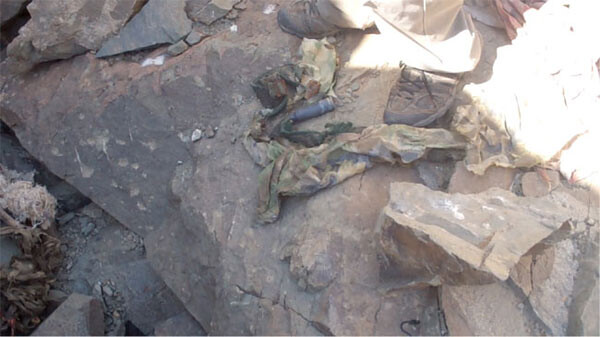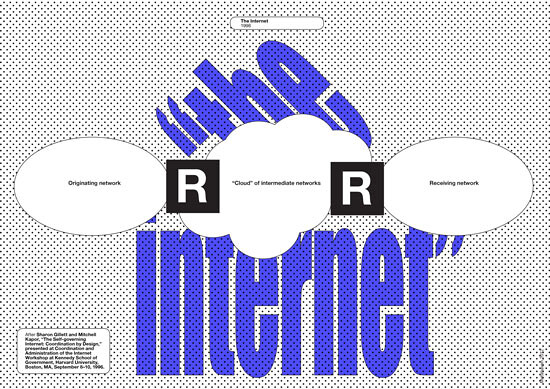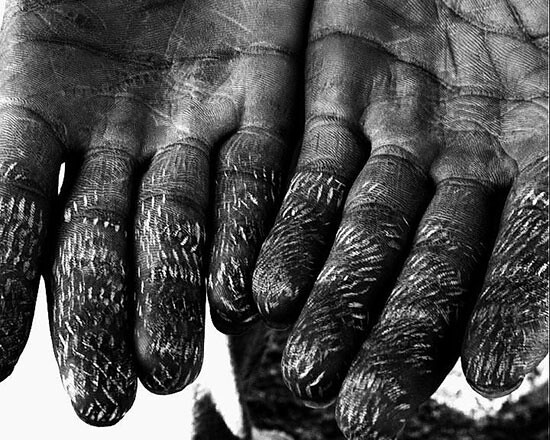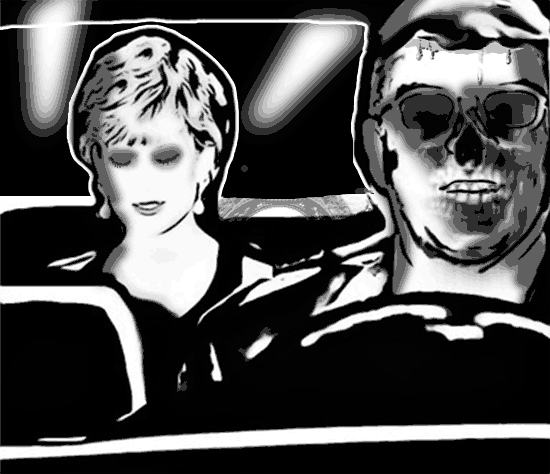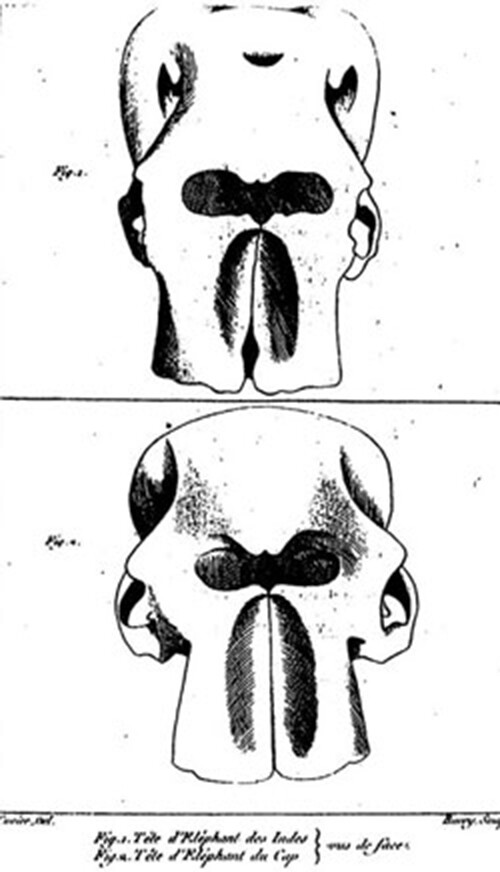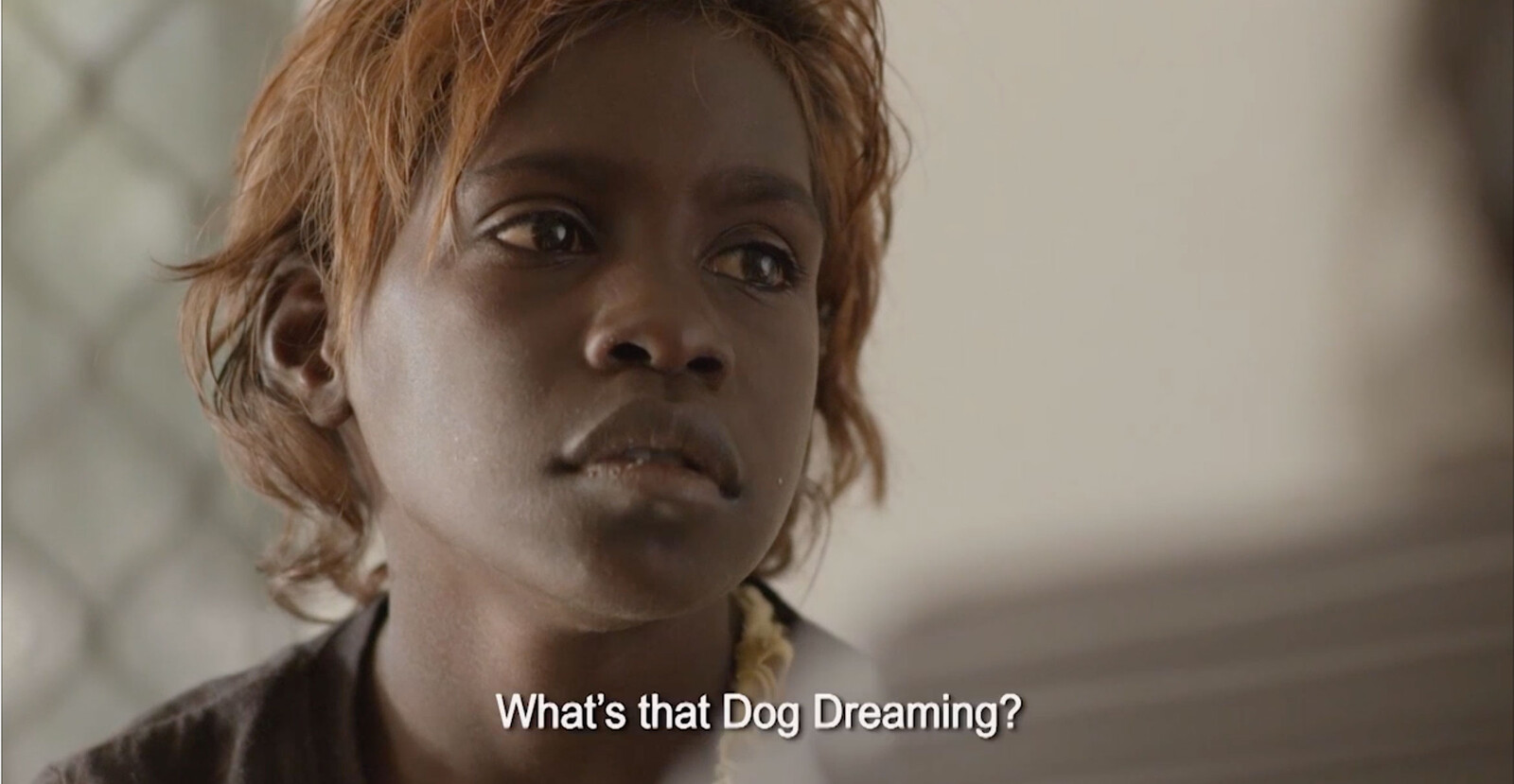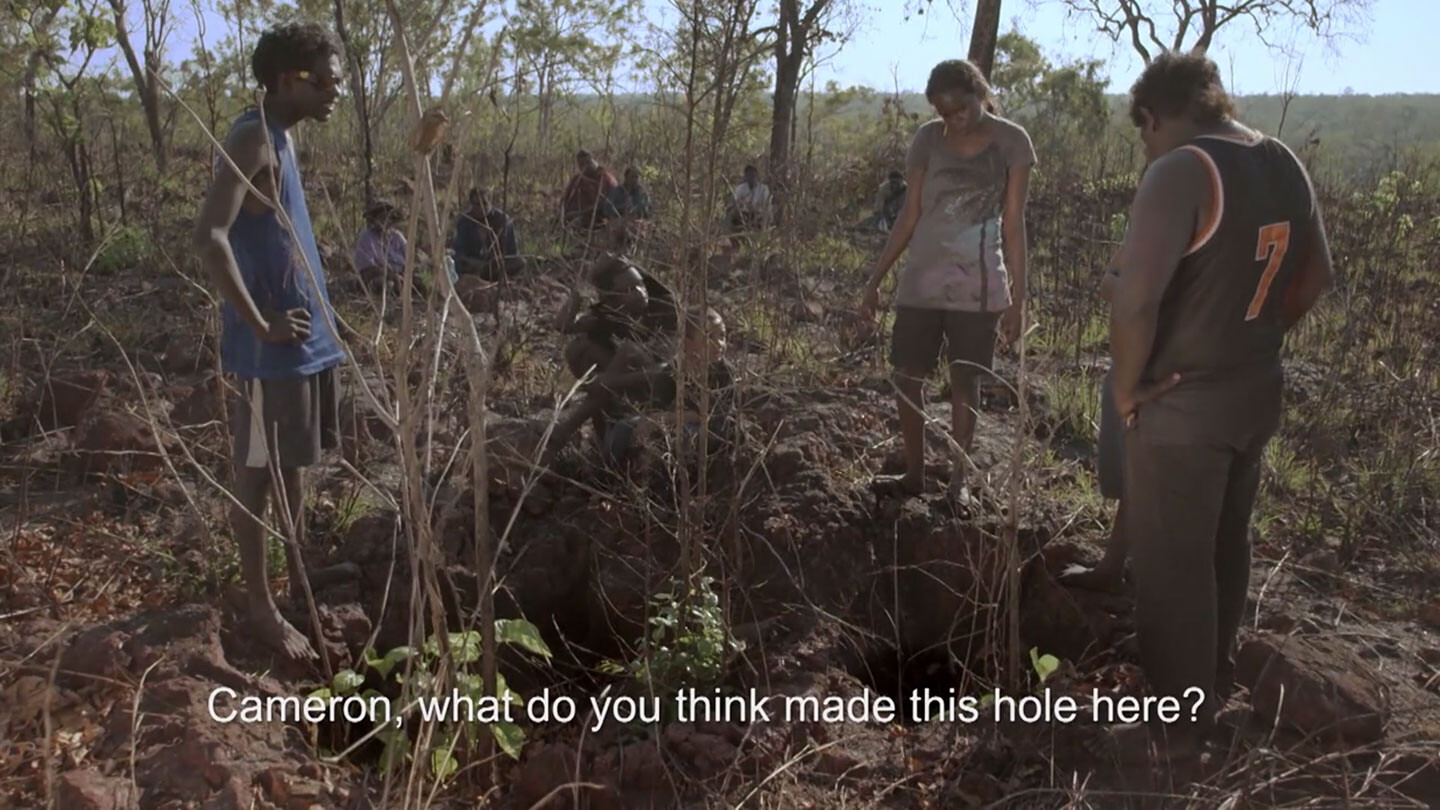Contagion

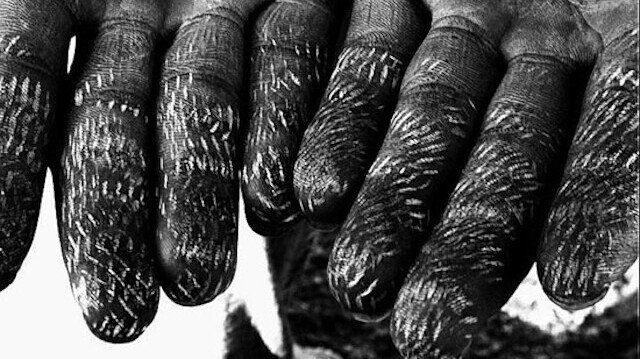
The global pandemic has sent many of us into self-imposed captivity to protect ourselves from others and to protect others from ourselves. Anyone could be the sickness and anyone could be the cure, depending on who you come into contact with and who you don’t. If the challenge of biopolitics has always been to understand the sublime administration of productive and vital forces—life and death, economic flows, health, freedom of movement, populations as statistics, etc.—then what on earth are we meant to learn from Covid-19, and from the new world order and disorder that it has imposed on all of us?
These following essays from the past issues of e-flux journal might speak to this question.
But are the concepts of biopolitics, positive or negative, or necropolitics, colonial or postcolonial, the formation of power in which late liberalism now operates—or has been operating? If concepts open understanding to what is all around us but not in our field of vision, does biopolitics any longer gather together under its conceptual wings what needs to be thought if we are to understand contemporary late liberalism? Have we been so entranced by the image of power working through life that we haven’t noticed the new problems, figures, strategies, and concepts emerging all around us, suggesting the revelation of a formation that is fundamental to but hidden by the concept of biopower? Have we been so focused on exploring each and every wrinkle in the biopolitical fold—biosecurity, biospectrality, thanatopoliticality—that we forgot to notice that the figures of biopower seem to be inflected by or giving way to new figures: the Desert, the Animist, the Virus? And is a return to sovereignty our only option for understanding contemporary late liberal power?
The Desert does not refer in any literal way to the ecosystem that, for lack of water, is hostile to life. The Desert is the affect that motivates the search for other instances of life in the universe and technologies for seeding planets with life; it colors the contemporary imaginary of North African oil fields; and it drives the fear that all places will soon be nothing more than the setting within a Mad Max movie. The Desert is also glimpsed in both the geological category of the fossil insofar as we consider fossils to have once been charged with life, to have lost that life, but as a form of fuel can provide the conditions for a specific form of life—contemporary, hypermodern, informationalized capital—and a new form of mass death and utter extinction; and in the calls for a capital or technological fix to anthropogenic climate change.
